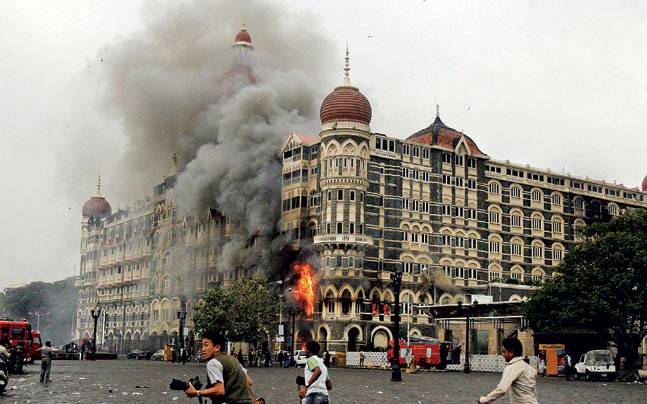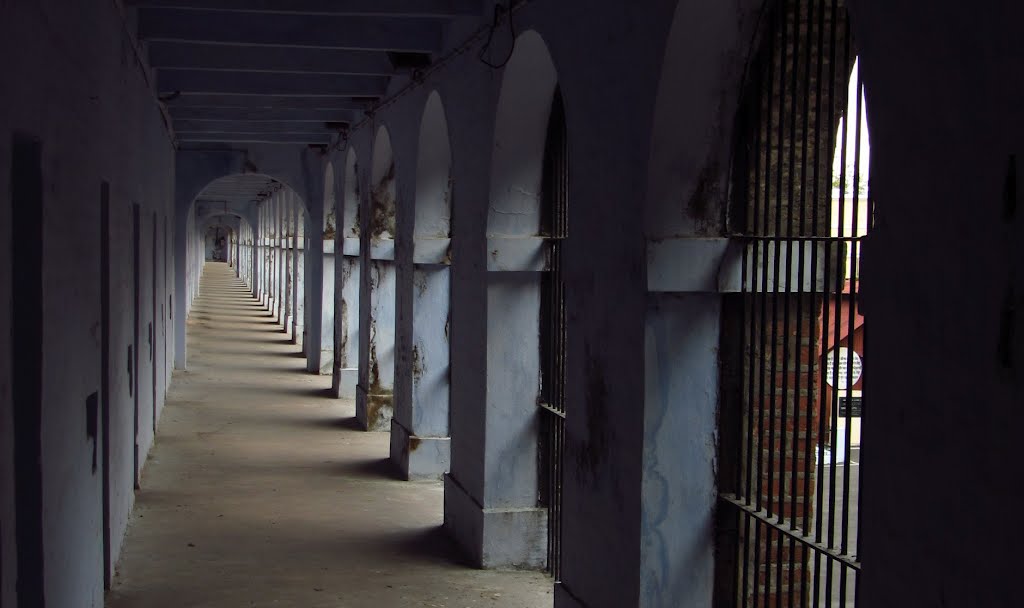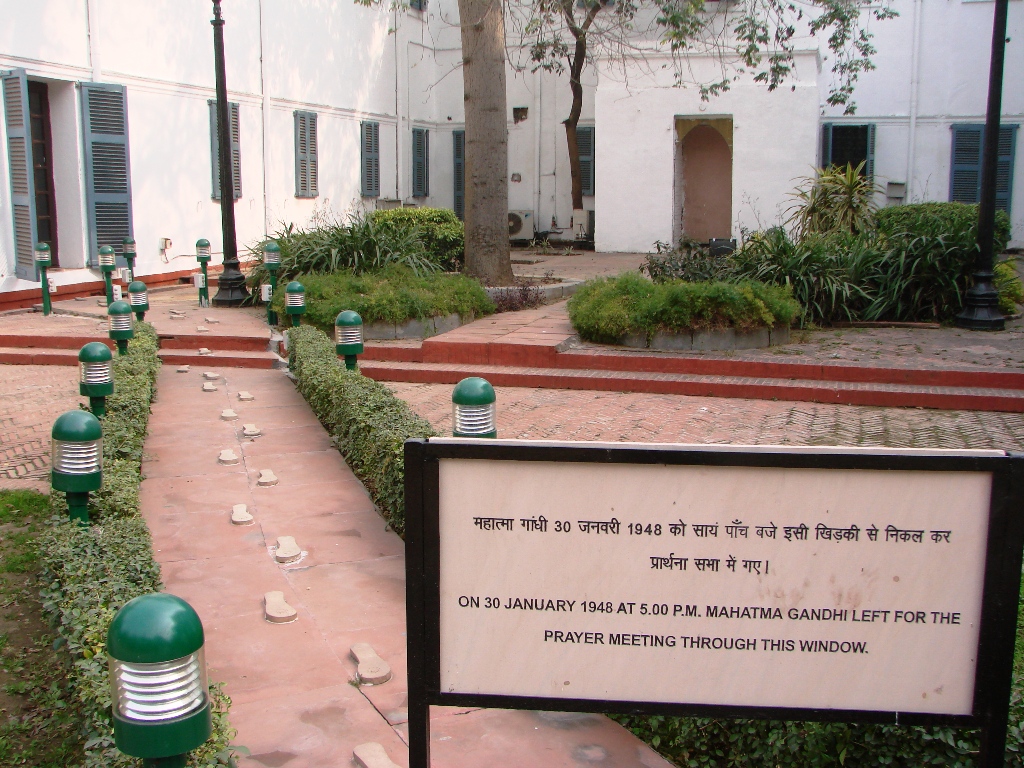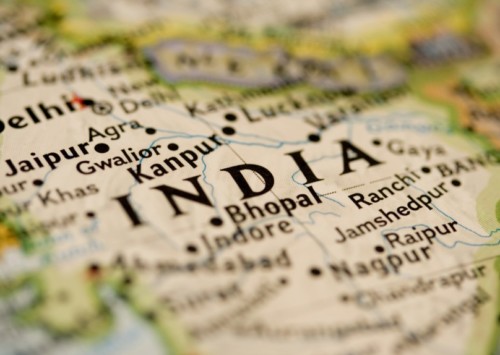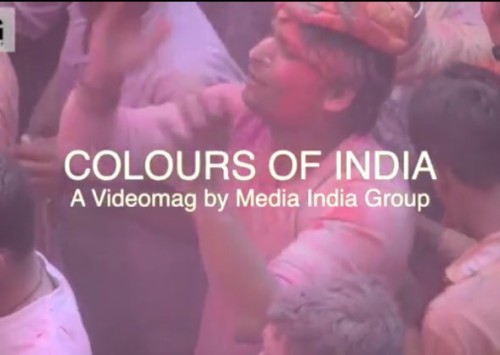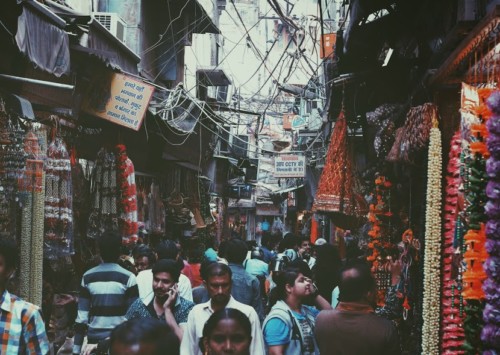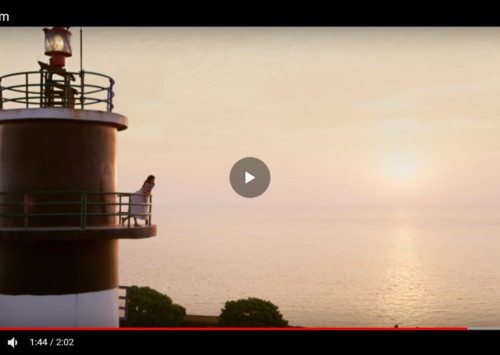Walking down the lanes of India’s dark history
With an elaborate history of British colonialism, India houses various dark tourism sites today. These places associated with assassinations, disasters, suffering and tragedy draw a number of tourists from around the world.
Upon setting foot inside the Jallianwala Bagh in Amritsar, Punjab (north India), names of martyrs embossed in gold at the base of the entrance wall and the adjacent bullet marks on the walls, are enough to narrate that the place witnessed something horrific.
In April 1919, British General O Dyer blocked the only exit at the Jallianwala Bagh and ordered to fire upon the many Indians gathered there to celebrate the festival of Baisakhi, unaware of a law that was imposed that morning outlawing freedom of assembly.
The mass shooting aimed at dispersing the crowd, but over 1,000 people were killed with around 1,000 injured. Apart from being wounded by gunshots, many victims died in the stampede. And most tragically, many tried to protect themselves by jumping inside a well in the garden, only to drown to death.
As we entered the park through the ‘historical lane’ (narrow passage leading to the park that was blocked by the British soldiers), a board saying ‘people were fired at from here’, welcomed us, which sent down some chills down our spine.
After paying homage to those persecuted inside the ‘Martyrs’ Gallery’, we moved to the exhibition that houses pictures of the incident, and other artefacts including a coin damaged by a bullet that belonged to one of the victims of the massacre.
Tragic places in India are increasingly attracting huge crowds from all over the world, and in the central parts of the country, Bhopal is one such site. The city witnessed world’s worst industrial disaster – the Bhopal gas tragedy.
In December 1984, a Union Carbide subsidiary pesticide plant released 42 tons of toxic methyl isocyanides gas, exposing over 500 thousand people to it. Thousands of people woke up with their lungs burning and many died immediately. Countless people ran on the streets, vomiting and dying, so much so, the city ran out of cremation grounds. Till date, the little surviving victims talk about not receiving a proper compensation and toxin-related illnesses continue to affect Bhopal, which is well-demonstrated in the museum dedicated to the tragedy.
Moving towards west India, not too long ago the Taj Palace Hotel in Mumbai was attacked by members of a terrorist organisation based in Pakistan in 2008. Additionally, a series of 12 coordinated bombing attacks lasted four days across Mumbai, leaving hundreds of people dead and wounded.
The Taj Hotel at the time of attacks
Today, tourist guides at sites of the blasts recreate the scenes – taking travellers to the Taj Hotel and the footbridge opposite Victoria Terminus, to show where the bullets were once buried in walls.
During the struggle for independence
Around 80,000 prisoners who revolted against the British rule in India and Burma were admitted to Port Blair’s cellular jail, in the Andaman and Nicobar Islands (south-east India). There were regular beatings for punishment, and some prisoners were even subjected to medical experiments. Many were fed through nostrils, filling their lungs not stomach, resulting in most of them dying from diseases or exhaustion.
The prison constructed by the British in the early 20th century was finally closed in 1947 when India became independent and was later turned into a memorial.
The jail is popularly known as ‘Kaala Pani’
Wandering about the corridors and into the cells, we came across the fact that the cells had no proper windows and were designed to ensure that prisoners could never see each other while inside their cells. It is also said that at one time two brothers were simultaneously admitted to the jail and for two years both remained unaware of each other’s presence there.
Ironically, one of the dark tourism sites in India is the martyrdom of Mahatma Gandhi, without whom India wouldn’t even think of fighting the British.
‘Gandhi Smriti’ in Delhi is where Mahatma Gandhi spent his last days before he was assassinated on January 30, 1948. A Hindu nationalist extremist who opposed Gandhi’s approach of non-violence and thought he was ‘giving in’ to the demands by Muslim Pakistan, fired three pistol shots at Gandhi during his public prayer meetings in the garden of the estate.
A two-week mourning was declared and over two million people attended the procession leading to Gandhi’s cremation ceremony.
In the early 1970s, the government turned the place into a memorial, which opened to the public in 1973, and one of the three bullets that killed Gandhi are still on display at the National Gandhi Museum.


